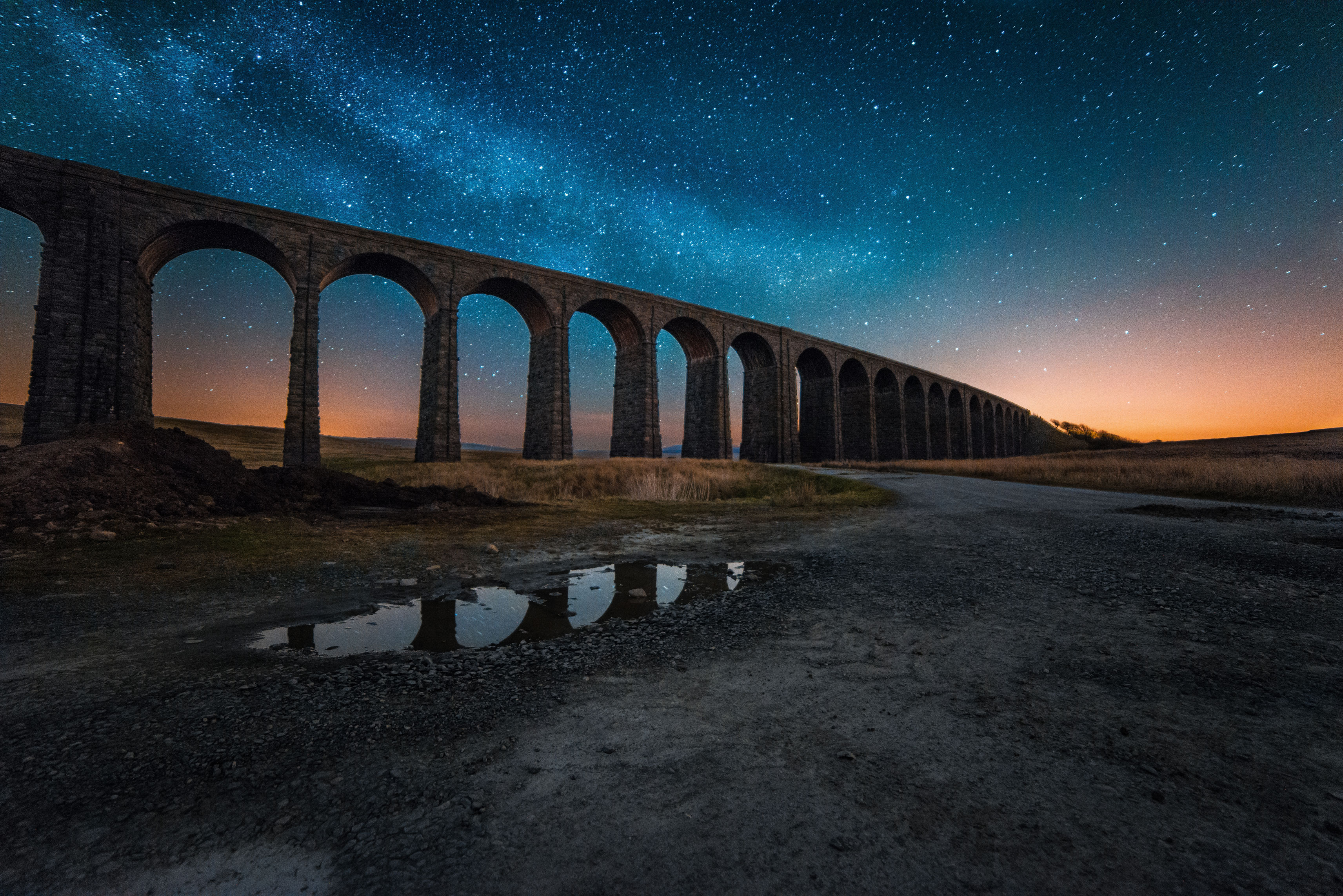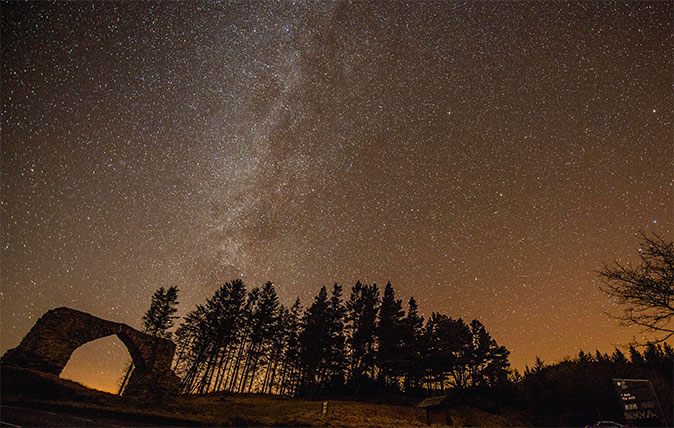Why February is the perfect time for stargazing – and how you can help the fight against light pollution
This month the Campaign for the Protection of Rural England is holding a UK-wide star count, to measure – and then ultimately tackle – the light pollution that mars our view of the heavens.

Our country’s current state of affairs may have many of us rolling our eyes, but it’s good to be reminded that heavenward glances can be a happy occurrence – particularly during these crisp, clear days. Starting February 2 until February 23, the CPRE is holding a nationwide Star Count, supported by the British Astronomical Association.
From February 2 to 23, members of the public are invited to go into the countryside and count the number of stars they can see (with the naked eye) within the Orion constellation.
The results will help the CPRE to create a new map showing the effects of light pollution, which not only mars the night sky’s beauty, but disrupts wildlife behaviour and human sleeping patterns, impacting physical and mental health and wellbeing.

We already know, from CPRE’s Night Blight maps based on satellite data, that a mere 22% of England is untouched by light pollution and that more than 50% of our darkest skies are over national parks and AONBs, such as above the Ribblehead Viaduct in the Yorkshire Dales National Park (pictured top).
Even so, the UK has some of the darkest skies in Europe and Dark Sky Discovery, a partnership of organisations such as the Royal Astronomical Society, the Institute of Physics and the Royal Observatory Edinburgh, provides guides and maps on where and when to stargaze.
Top spots include Exmoor, Galloway Forest and the Brecon Beacons and four new Dark Sky Discovery Sites have just been declared in the Nidderdale AONB. Many of these places hold stargazing festivals timed around key astronomical events, with activities including stargazing by canoe and photography workshops.
Visit www.darkskydiscovery.org.uk for further information.
Exquisite houses, the beauty of Nature, and how to get the most from your life, straight to your inbox.
How to take part in Star Count 2019, February 2–23
After 7pm on a clear night, look south to find Orion, which has four corners and a ‘three-star belt’. Allow your eyes to adjust, then simply count the number of stars within the rectangle.
You shouldn’t count the four corner stars, but you can count the three stars that make up the belt. Don’t use a telescope or binoculars. Note the total and complete the survey at www.cpre.org.uk/starcount.
You’ll be able to see the results and how your area compares to the rest of the country – and you can share any pictures you get via @CPRE #starcount2019 and @BritAstro.

Credit: Shutterstock
Starry skies of Britain: 10 of the best places to go stargazing in the UK
Britain's starry skies can be spectacular, but you need to be in the right place to avoid light pollution. Julie

Credit: Paul Roberts/Picfair
50 great things to do in Britain that won't cost you a penny
From moonlight to museums, birdsong to the Old Bailey, Kate Green and Giles Kime find 50 gloriously free things to
Toby Keel is Country Life's Digital Director, and has been running the website and social media channels since 2016. A former sports journalist, he writes about property, cars, lifestyle, travel, nature.

